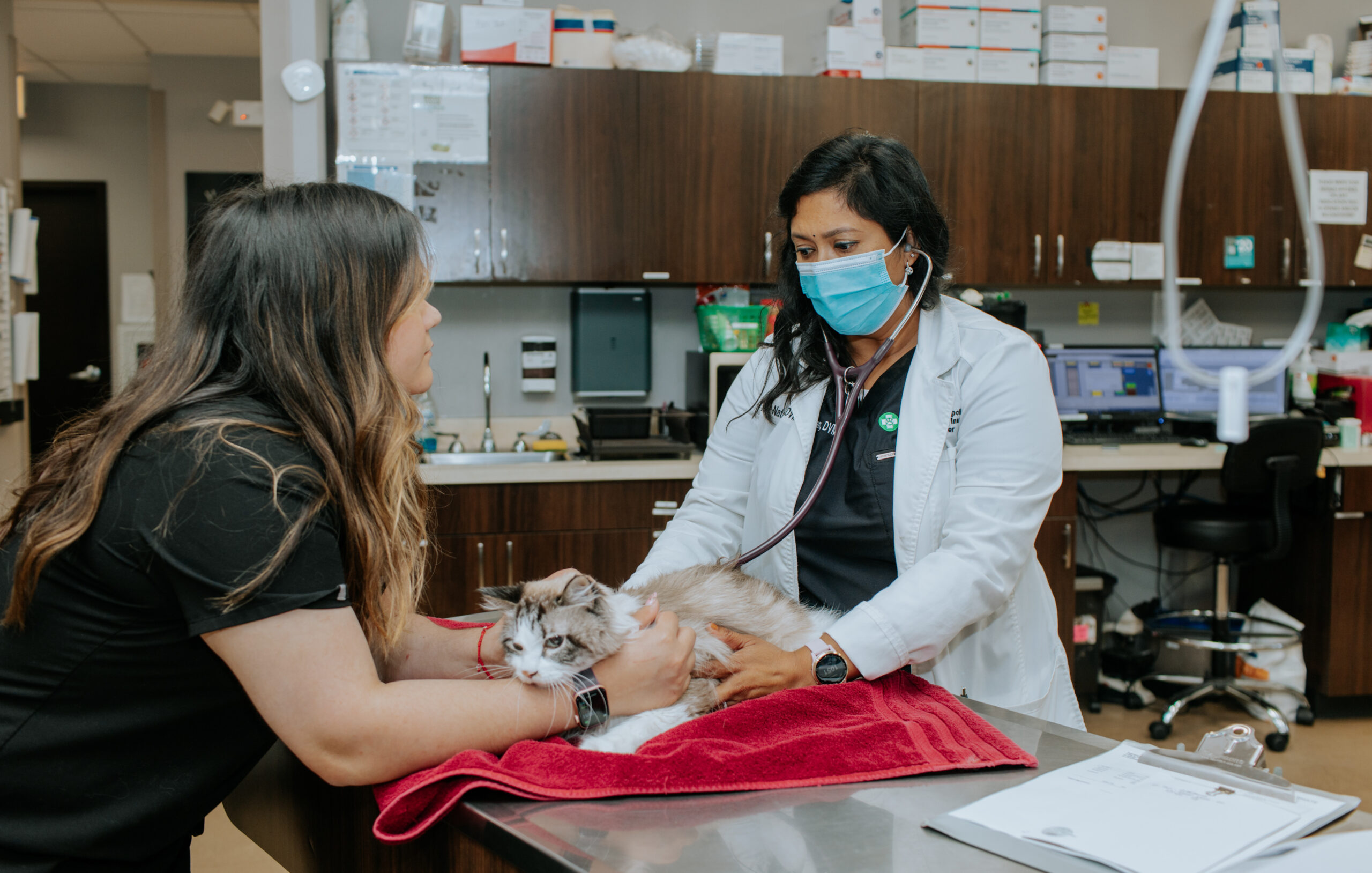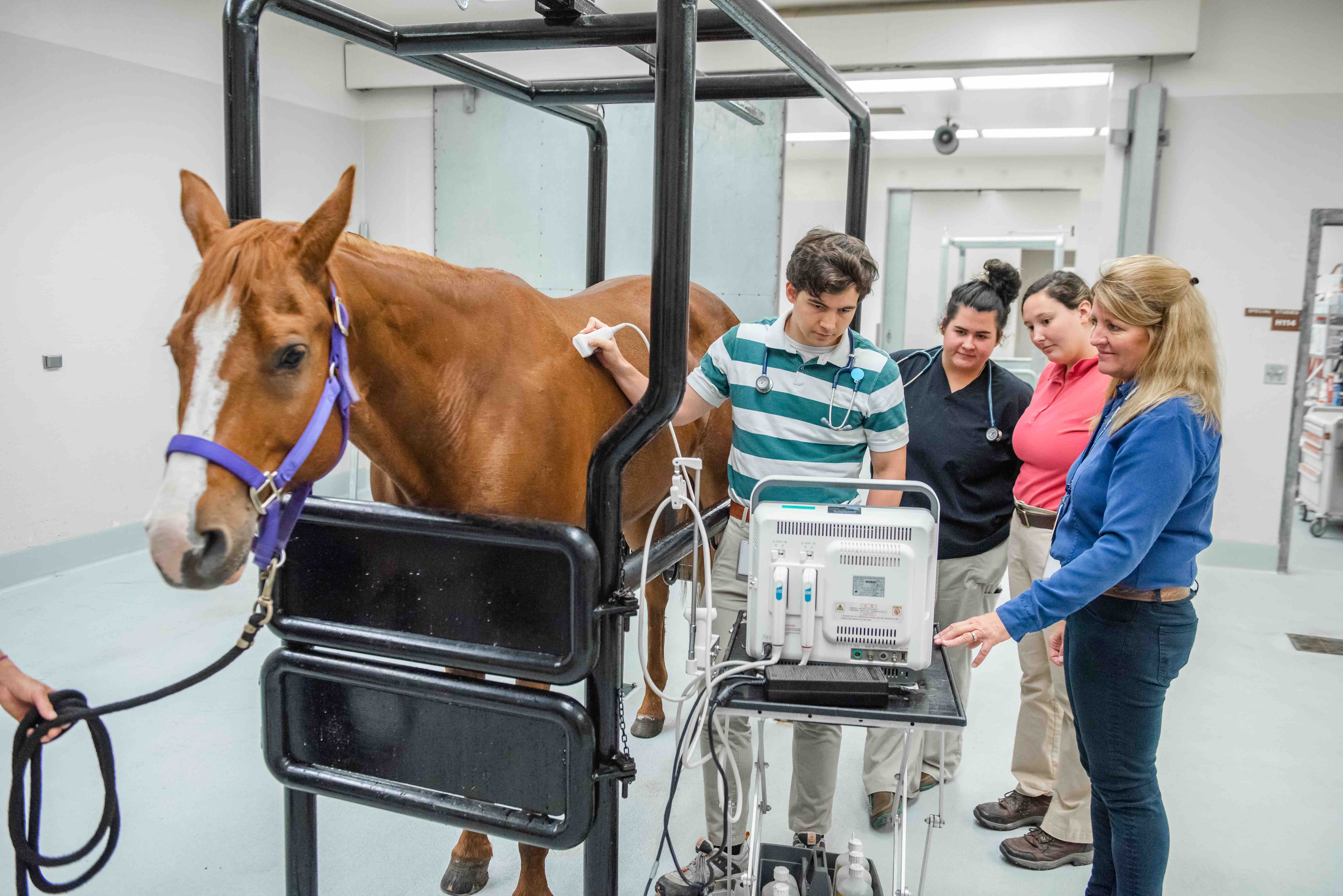What Makes canine tplo surgery a Game-Changer for Active Dogs
What Makes canine tplo surgery a Game-Changer for Active Dogs
Blog Article
Why Animal Rehabilitation Is Important: the Benefits of Vet Solutions for Your Pet dog's Healing
Pet rehab is a crucial component of healing for pets facing injuries or disabilities. Veterinary solutions provide essential assistance through tailored recovery strategies that deal with individual requirements. These plans commonly include discomfort monitoring, physical therapy, and dietary advice. Comprehending the different aspects of animal rehab can illuminate its importance in improving recovery end results. What certain advantages do these solutions provide, and exactly how can they change a family pet's healing trip?
Comprehending Pet Recovery
Animal recovery encompasses a variety of therapeutic techniques targeted at bring back the health and capability of hurt or disabled pets. This field incorporates different techniques, consisting of physical therapy, hydrotherapy, and work-related therapy, customized to satisfy the specific demands of each pet. Rehabilitation professionals examine an animal's problem, developing individualized treatment strategies that may entail exercises to reinforce muscular tissues, enhance mobility, and boost overall well-being. The procedure not only concentrates on physical recuperation however likewise addresses emotional and behavioral facets. Animals commonly experience tension and anxiousness following an injury, making psychological health factors to consider important in recovery. By creating a helpful environment, specialists can assist pets regain their self-confidence and adjust to their brand-new scenarios. With routine sessions, animals can experience substantial renovations, inevitably leading to a much better lifestyle. On the whole, recognizing pet rehab highlights its significance in advertising recuperation and improving the bond between family pets and their proprietors.
The Duty of Discomfort Monitoring in Healing
Just how important works pain monitoring in the recovery of damaged pets? It plays a crucial duty in assisting in healing and boosting the total wellness of pet dogs. Correct pain monitoring not just eases pain however additionally advertises wheelchair, allowing animals to join recovery tasks required for recovery. When pain is successfully handled, animals tend to respond favorably to therapy, leading to quicker rehabilitation outcomes.Veterinarians make use of numerous techniques to assess and attend to pain, including medications, acupuncture, and alternative therapies. By customizing discomfort monitoring strategies to the private requirements of each animal, veterinarians can assure that pet dogs stay calm and participating throughout their recuperation journey. Decreasing pain helps decrease anxiety, which can inhibit recovery and prolong recuperation times. To sum up, effective pain administration is necessary for improving the recovery process and boosting the high quality of life for injured animals.
Physical Treatment Methods for Animals
Countless physical therapy methods are offered to assist in the rehabilitation of animals recouping from injuries or surgical treatments (tplo surgery for dogs). These methods can enhance mobility, alleviate pain, and promote healing. Restorative exercises, for instance, aid enhance muscle mass and enhance joint feature, allowing pet dogs to regain their physical capacities slowly. Hand-operated treatment, which consists of massage therapy and mobilization, can ease stress and improve flow, adding to a faster recovery.Other strategies such as passive range of motion workouts encourage joint adaptability and reduce tightness. In addition, electrical excitement treatment may be utilized to promote nerves and muscle mass, advertising healing and discomfort relief.Veterinary experts commonly tailor these strategies to each pet dog's details requirements, making sure a thorough rehabilitation strategy. By applying these physical treatment methods, animals can experience enhanced lifestyle and a much more successful recovery from their conditions. The assimilation of these methods into recovery programs is necessary for excellent healing outcomes
Advantages of Hydrotherapy for Recovery
Hydrotherapy uses substantial benefits in animal recovery, especially in boosting flexibility. This water-based therapy advertises pain alleviation while giving convenience to injured or recuperating pets. In addition, it promotes strength-building workouts that add to general physical healing.
Enhanced Mobility Renovation
As animals recover from injuries or surgical procedures, improved movement frequently becomes a key objective of their rehabilitation. Hydrotherapy acts as a useful tool in attaining this goal. Through water-based workouts, animals can participate in low-impact motions that help with joint flexibility and strengthen muscle mass without the tension of weight-bearing activities. The buoyancy of water sustains their bodies, permitting boosted series of activity and flexibility renovation. In addition, hydrotherapy urges better balance and sychronisation, which are important for bring back typical motion patterns. Routine sessions can cause considerable progression in an animal's physical abilities, ultimately improving their quality of life. This strategy not only aids in recuperation but likewise promotes an extra energetic and fulfilling lifestyle post-rehabilitation.
Discomfort Alleviation and Comfort

Relief from discomfort is a crucial element of animal rehabilitation, and hydrotherapy greatly contributes to this procedure. By using water's buoyancy, hydrotherapy lowers joint stress and reduces discomfort during movement. This healing technique gives a comforting setting where pet dogs can participate in mild exercises without the complete weight of their bodies influencing their recuperation. The cozy water promotes blood flow, advertising healing while also encouraging leisure. In addition, click to read hydrotherapy sessions can be tailored to fulfill the particular needs of the pet, ensuring ideal comfort. As animals experience decreased pain and boosted convenience degrees, their overall determination to join rehab activities commonly enhances, causing an extra reliable recovery journey. Consequently, hydrotherapy serves as a vital tool in improving discomfort alleviation and comfort throughout rehab.
Strength Structure Exercises
Strength-building workouts play a crucial function in the recovery process, with hydrotherapy offering unique benefits. This form of treatment uses water resistance to enhance muscle strength without placing extreme strain on the joints. The buoyancy of water sustains the animal's weight, permitting for much safer movement and boosted variety of movement. Additionally, hydrotherapy can improve cardio wellness and advertise total fitness, assisting in much faster recuperation from injuries or surgeries. The regulated setting additionally decreases the risk of reinjury, making it a suitable option for family pets calling for rehabilitation. Routine hydrotherapy sessions can cause noticeable enhancements in wheelchair, toughness, and endurance, ultimately improving the animal's lifestyle and capability to go back to regular tasks.
Significance of Customized Rehabilitation Strategies
Customized rehabilitation strategies are important for attending to the special needs of each animal, making sure personalized therapy methods. These strategies permit reliable development monitoring and necessary changes, promoting ideal recuperation end results. Additionally, an all natural approach can boost the total wellness of the animal, promoting a more extensive rehab experience.
Individualized Treatment Approaches
While numerous rehabilitation programs adopt a one-size-fits-all method, the special requirements of each animal necessitate individualized therapy prepare for perfect healing. Personalized rehabilitation plans take into account numerous elements, consisting of the pet's species, age, case history, and specific injuries or problems. By tailoring interventions, vets can attend to each pet's unique challenges, maximizing the performance of the rehab process. Individualized strategies might integrate different methods such as physical therapy, hydrotherapy, and healing exercises, guaranteeing that the therapy lines up with the animal's abilities and progression. In addition, customized approaches cultivate a stronger bond in between the animal and the caregiver, advertising a more appealing and supportive healing setting. Inevitably, individualized therapy is vital for attaining finest feasible results in pet recovery.
Progression Tracking and Adjustments

Holistic Recuperation Approaches
Holistic recovery strategies are essential for efficient animal rehab, as they highlight the value of personalized treatment strategies tailored to each animal's particular demands. This method thinks about the physical, psychological, and environmental factors influencing recovery. Personalized rehabilitation strategies might include a mix of physical therapy, nutritional counseling, and behavior modifications. By addressing these varied aspects, veterinarians can boost the total well-being of the animal and advertise a quicker healing. Such tailored techniques help with a much deeper understanding of the pet dog's one-of-a-kind difficulties, leading to extra reliable treatments. Eventually, holistic recuperation methods not only boost physical health and wellness yet additionally add to the pet's psychological and emotional security, guaranteeing click to investigate an extensive rehabilitation experience.
The Influence of Nutrition on Recuperation
Nutrition plays a vital function in the recuperation process for refurbishing animals, often figuring out the speed and performance of recovery. A healthy diet plan gives the required nutrients that sustain tissue repair, enhance the immune system, and improve total vitality. Healthy protein is specifically vital, as it helps in muscular tissue rebuilding and healing from injuries. Important fats, vitamins, and minerals likewise add to minimizing swelling and promoting ideal cellular function.Veterinarians often stress the importance of tailored nourishment plans, considering each pet's specific needs, age, and health condition. Proper hydration is just as vital, as fluids promote nutrition absorption and assistance in detoxing. By guaranteeing that family pets get ideal nourishment, caretakers can significantly enhance their opportunities of a successful recuperation, leading to better lasting health outcomes. Ultimately, nutrition acts as a foundational element in the rehabilitation trip, sustaining pets in regaining toughness and strength post-injury or ailment.
Success Stories: Family Pets Who Grew After Recovery
Effective rehab tales abound, showcasing the strength of pets that have conquered considerable difficulties. Take, as an example, Bella, a gold retriever that experienced serious injuries from a car crash. With committed veterinary care and an extensive rehab program, she regained her mobility and went back to her lively self, much to her owner's joy. Max, an elderly feline identified with joint inflammation, experienced impressive improvement with a combination of physical therapy and pain monitoring. His newly found dexterity allowed him to enjoy his preferred sunbathing areas once again. An additional motivating case is that of Coco, a rescued greyhound that conquered stress and anxiety via actions alteration and socialization methods, enabling her to flourish in her new home. These success stories exhibit the transformative power of animal rehab, emphasizing that with the ideal support, family pets can not only recuperate yet lead satisfying lives, enhancing the bonds they show their households.
Frequently Asked Concerns
How Long Does the Recovery Process Typically Take for Family Pets?
The rehab process for pets commonly differs based on the injury or problem, ranging from a few weeks to a number of months. Individual progression, therapy type, and dedication to exercises substantially influence the general duration of recovery.
Are There Any Type Of Threats Related To Animal Recovery?
Pet rehabilitation might carry risks such as exacerbation of injuries, inappropriate strategies leading to discomfort, or not enough monitoring during healing. These aspects can prevent progression and influence the overall efficiency of the rehab procedure.

Can All Pets Advantage From Rehab Solutions?
Not all pets might require rehabilitation, but several can profit considerably. Rehab solutions can enhance wheelchair, ease pain, and improve total health, particularly for those recouping from injuries, surgical treatments, or persistent problems.
Exactly How Can I Prepare My Family Pet for Rehab Procedure?

What Indications Indicate My Pet Demands Rehabilitation?
Indicators suggesting a pet might need rehab consist of difficulty strolling, limping, lowered task degrees, hesitation to leap, or indications of pain. Observing these behaviors can prompt owners to look for professional examination and therapy for their pet dogs.
Report this page